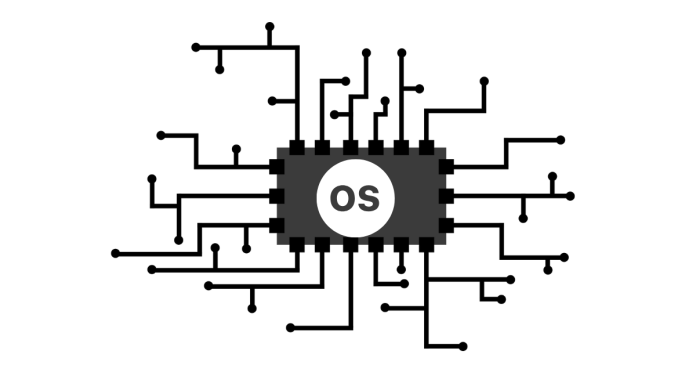An Operating System (OS) is software that manages computer hardware and software resources, providing services for computer programs. There are several types of operating systems, each designed for specific purposes and environments. Below are the main types of operating systems:
1. Batch Operating System
- Definition: Processes batches of tasks without user interaction. Jobs are grouped and executed sequentially.
- Key Features:
- No direct user interaction.
- Jobs are executed in batches.
- Efficient for repetitive tasks.
- Examples: Early IBM systems, punch-card-based OS.
2. Time-Sharing Operating System
- Definition: Allows multiple users to share computer resources simultaneously. Each user gets a time slice.
- Key Features:
- Multi-user environment.
- Quick response time for user commands.
- Examples: UNIX, Multics.
3. Distributed Operating System
- Definition: Manages a group of independent computers and makes them appear as a single system to the user.
- Key Features:
- Resources are distributed across multiple systems.
- Enhanced performance and reliability.
- Examples: LOCUS, Amoeba, Windows Server.
4. Network Operating System
- Definition: Provides functionalities for networking between computers. Used in file-sharing and resource management across a network.
- Key Features:
- Centralized control.
- Supports networking capabilities.
- Examples: Novell NetWare, Windows Server, UNIX.
5. Real-Time Operating System (RTOS)
- Definition: Processes data in real-time with minimal delay, ensuring immediate responses. Common in embedded systems.
- Key Features:
- Deterministic response times.
- Prioritizes time-critical tasks.
- Types:
- Hard RTOS: Strict time constraints (e.g., medical devices).
- Soft RTOS: Less stringent time constraints (e.g., streaming apps).
- Examples: VxWorks, FreeRTOS.
6. Mobile Operating System
- Definition: Designed specifically for mobile devices like smartphones and tablets.
- Key Features:
- Touchscreen support.
- Optimized for mobile hardware.
- Examples: Android, iOS, Windows Mobile.
7. Embedded Operating System
- Definition: Runs on embedded systems, designed for specific hardware.
- Key Features:
- Minimal resource usage.
- Task-specific operations.
- Examples: FreeRTOS, QNX, VxWorks.
8. Graphical User Interface (GUI) Operating System
- Definition: Provides a graphical interface for user interaction instead of command-line input.
- Key Features:
- User-friendly and visual.
- Ideal for non-technical users.
- Examples: Microsoft Windows, macOS, Ubuntu (Linux-based GUI).
9. Multi-User Operating System
- Definition: Supports multiple users accessing the system simultaneously.
- Key Features:
- Resource allocation and security for each user.
- Examples: UNIX, Windows Server.
10. Single-User Operating System
- Definition: Designed for one user at a time.
- Key Features:
- Simpler and less resource-intensive.
- Examples: Windows 10, macOS.
Conclusion
The type of operating system determines how efficiently a system manages resources and supports tasks. Choosing the right OS depends on the specific requirements, whether it’s real-time processing, networking, or personal use.



